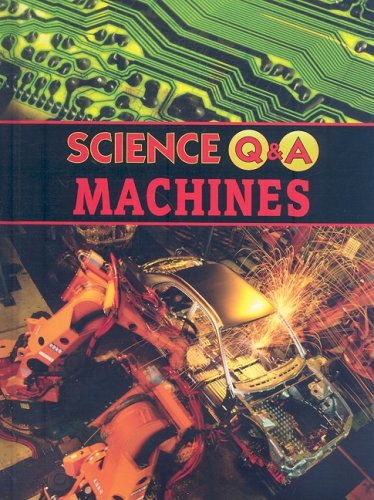-
Space Science
Tim Harris
Paperback (Cavendish Square, Aug. 1, 2015)Space Science describes the world outside of ours. It includes a map of the planets, a description of the beginning of the universe, and fact boxes and sidebars on the sun, other stars, the planets, and other topics. It outlines the history of our study of the heavens. All of this knowledge is enhanced with an easy-to-understand question and answer format. V
V
-
Space Science
Tim Harris
Library Binding (Cavendish Square, Aug. 1, 2015)Space Science describes the world outside of ours. It includes a map of the planets, a description of the beginning of the universe, and fact boxes and sidebars on the sun, other stars, the planets, and other topics. It outlines the history of our study of the heavens. All of this knowledge is enhanced with an easy-to-understand question and answer format. V
V
-
The Animal Kingdom
Tim Harris
Library Binding (Cavendish Square, Aug. 1, 2015)Fish, birds, amphibians and reptiles, and land and sea mammals are explored in this fascinating look at the diverse creatures with which we share our planet. There are diagrams of different life forms, photos of animals in action, and sidebars and fact boxes on the wonders of our world. All of this knowledge is enhanced with an easy-to-understand question and answer format. R
R
-
Weather: Science Q and a
Janice Parker
Library Binding (Weigl Pub Inc, July 30, 2008)Discusses weather, how temperature is measured, the seasons, wind, and rain. P
P
-
Science: Reproducible Grade 2
STECK-VAUGHN
Paperback (STECK-VAUGHN, Sept. 1, 2003)Support and extend your science curriculum with this activity-rich program! Meeting NSTA standards in Life, Physical, and Earth & Space Science, this extensive resource provides a wonderful blend of background information for the teacher, cross-curricular activities, projects and experiments, and assessments that enrich and extend science period. All-inclusive presentation of life, physical, and earth & space sciences. Useful background information ideal resource for teachers with limited science exposure as well as the veteran science educator. Projects and experiments that will intrigue students and that use easy-to-find materials. Plenty of graphic organizers, including charts, tables, maps & graphs. Assessments that are ideal as pretests, posttests; perfect for portfolios. Lists of books for further reading allowing students to pursue individual interests and expand into other curriculum areas. Correlation to FOSS standards. M
M
-
Life Science
Tim Harris
Library Binding (Cavendish Square, Aug. 1, 2015)Life Science introduces students to the ways humans, plants, and animals are created, and how living things exist on our planet. There are diagrams of parts of the human brain and body, as well as of simpler life forms. Fact boxes spell out the basics of life, and sidebars cover subjects such as carnivores and herbivores. All of this knowledge is enhanced with an easy-to-understand question and answer format. O
O
-
Machines: Science Q & a
Janice Parker
Library Binding (Weigl Pub Inc, July 30, 2008)aExplains what machines are and the many ways in which they can be used. U
U
-
Everyone Is a Scientist
Lisa Trumbauer
Library Binding (Capstone Press, Sept. 1, 2000)Describes what a scientist does and the tools a scientist uses. Explains that different types of scientists do different jobs. I
I



